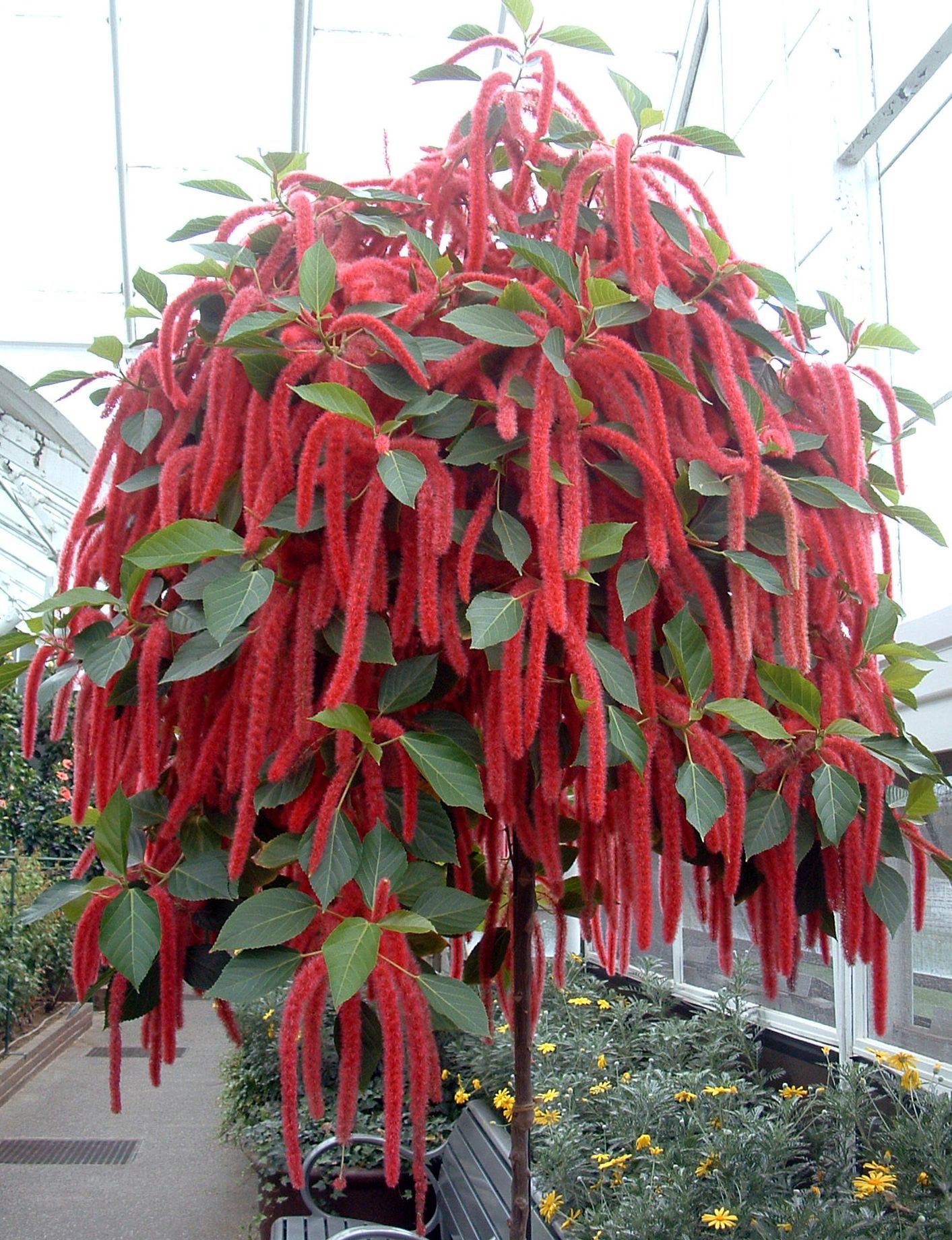|
||||||
Free Primula Malacoides Plants Although the flowering period of this Primula may last only a few short weeks, the plant provides an attractive display during the normally drab months of late winter and early spring. Unlike P. vulgaris, which produces its flowers on short stalks close to the plant, this species bears its flowers in clusters on long erect stems giving the plant a dainty and delicate appearance, hence its common names of Baby or Fairy Primrose. Remove dying leaves and fading flowers to maintain the plant's appearance. The Primula does not like warm dry conditions and tends to etiolate and become unsightly after a few weeks indoors. It is therefore usually treated as an annual and renewed each year. Plant type : Flowering plant with relatively compact, loose rosette Season of interest : Late winter to early spring Size : 20-30cm (8-12in) Flower : 1.25cm gin), white, pink or red, on 20-30cm (8—12in) stems Leaf : Serrated, 5-7.5cm (2—3in) long, 5cm (2in) wide, light green, hairy, on slender stems Temperature : 10-15°C (50—59°F) Aspect/Light : Well-lit situation, with some sunlight Humidity : Moderate Watering : Evenly moisten compost throughout year, but do not make over-wet Feeding : Once every two to three weeks with flowering plant fertilizer in late winter to early spring Propagation : Sow seeds at 16-20°C (61 -68°F) in seed and cutting compost in mid summer Potting : Houseplant potting compost Problems : Whitefly, leaf browning due to dry atmosphere Availability : Commonly available from late winter to early spring Uses indoors : Useful for display on its own or in a mixed arrangement in cool, weli-lit position in bedroom, kitchen or porch |
||||||
|
||||||
